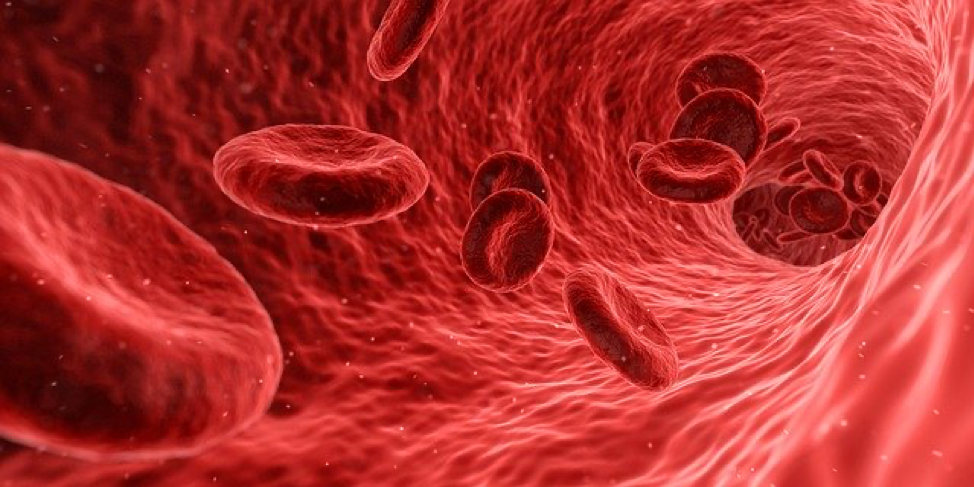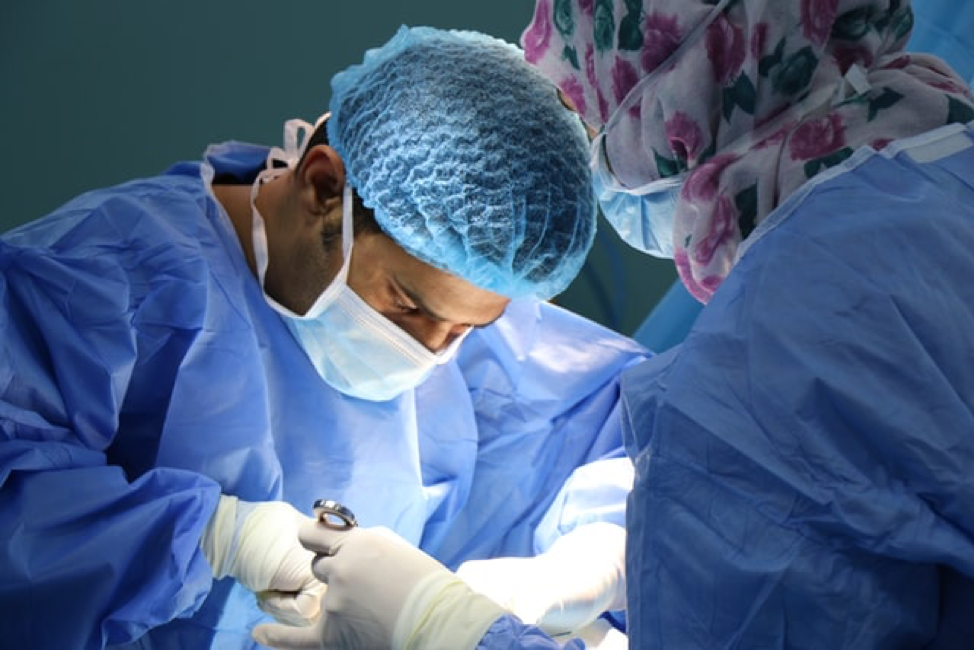What do you know about varicose veins & endovenous ablation? Usually, the veins in the legs push the deoxygenated blood back to the heart for oxygenation. They do this with the help of the valves present inside them. These valves work as a system of locks preventing the blood from flowing back down.

(Source)
However, in varicose veins, the veins enlarge and twist inside the leg; this is because the valves become damaged. What it means is that the valves stop closing properly, which causes blood to flow back to the lower valves, forming clots and blockage as a result. This condition can lead to severe pain, ulcers, bleeding, and poor wound healing, among others.
Varicose veins are most common in people who stand or sit for an extended period. The condition worsens during pregnancy due to hormonal changes. Genetics and family heritage also play a vital role in its development. Apart from family history, you are at a high risk of getting varicose veins if you are obese or elderly.
When to Seek Help For Varicose Veins
You should book an appointment with the doctor as soon as possible when you notice any of the following symptoms:
- Restless legs at night or muscle cramping
- Throbbing or burning sensation in an enlarged vein
- Bleeding in the varicose veins
- Feeling of heaviness or aches in the legs that feel better when you raise your legs for 15 minutes
- Unexplained swelling around the ankle or in the lower leg
What Type of Vein Treatments Are There?
Fortunately, varicose veins are one of those conditions that don’t take more than a day or two to get treated. Most people opt for cosmetic treatment to reduce discomfort. However, if you leave your veins untreated, then you risk developing more significant problems. For instance, blood clots can break free and travel to vital organs like lungs and cause severe damage.
Enlisting the aid, guidance and advice of board-certified surgeons, like Dr. Norman Chideckel, can help you with proper treatment of your condition.

(Source)
Some ways you can avoid the pain in your legs include keeping the leg elevated, exercising, losing weight, and wearing compression stockings. You can treat the more severe forms of this condition by following these methods:
Sclerotherapy
In this treatment, physicians inject a solution into the vein, which causes it to disintegrate gradually. To get the desired effect, it takes three to four treatment sessions.
Endovenous Ablation or Laser Therapy
Endovenous Laser Ablation is a minimally invasive procedure, which makes an efficient treatment, faster, and safer out of all the others. This treatment takes place under ultrasound guidance, which enhances the precision of the treatment in targeting the affected vein. Consider it as a safe replacement of the surgical stripping and ligation, which means that instead of removing the vein, they seal it with thermal energy.
The Procedure for Endovenous Ablation of Varicose Veins
The procedure does not require any skin incisions or even general anesthesia. However, most surgeons use intravenous sedation to ease the anxiety of the patients. After mapping and deciding the entry point using the ultrasound, the surgeon inserts the ½ mm laser fiber into the vein. The laser fiber uses fluid to compress the veins.
The operation includes the surgeon inserting a catheter or tube into your great or small saphenous vein. With the help of that catheter, a small laser fiber passes through the point of connection between the deep vein and saphenous. Once the fiber is through, your physician will remove the catheter, sending pulses of energy down the fiber, which causes the vein to seal shut.
This entire procedure usually takes less than an hour.
After the Endovenous Ablation Treatment
Many people report feeling instant relief from their symptoms, all with little to no pain after the procedure. Feeling slight bruising on the treated vein is normal, but for the most part, almost all the patients go home the same day.
Surgeons place a compression stocking over the leg. You should not wet the stockings or take them off for the first three days, after which you should wear the compression stocking only during the day and remove it at night before going to bed.
Although physicians encourage the patients to start walking immediately, they also advise them not to travel for at least two weeks just to be on the safe side. On the whole, you should be able to resume work and routine exercises in a few days.
Do You Need A Vein Doctor?
Contrary to popular belief, varicose veins can affect anyone and will progress into something more complicated and complex if left untreated. This is why if you notice the symptoms mentioned above, don’t hesitate to book an appointment with a professional expert.
You can get dedicated attention and have all your concerns answered by Dr. Chideckel. For further queries, concerns or appointment scheduling, call us today at 212-993-6133. Our offices are conveniently located at 161 Madison Avenue, Suite 9SE, New York if you are in the area.


